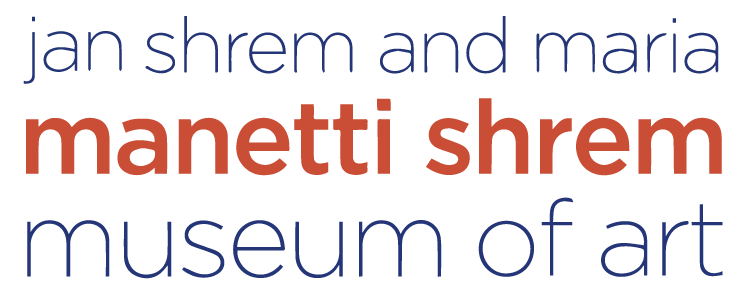The U.S. criminal justice system and the harmful, often deadly experiences of Black, Indigenous, and people of color have been a central theme of Montoya’s political prints throughout his career. In the 1970s, he was a groundbreaking, rapid pro bono artist that several organizations and events relied on to advertise marches, causes and community programs. Many aspects of the justice system — including prison, torture, capital punishment and human rights violations — continue to be main inspirations for Montoya’s body of work, with later productions defined by gestural, frenetic details. Younger artists trained by Montoya resume the cause of challenging the methods the U.S. government employs, such as detention centers at the U.S./Mexico border and the detainment of unaccompanied minors.
Resources
Professor Benjamin Weber is an interdisciplinary scholar of African American History, Critical Carceral Studies and Black Social and Political Thought and an assistant professor in the UC Davis department of African American and African studies. He recently published his first book, American Purgatory: Prison Imperialism and the Rise of Mass Incarceration - a history of race, incarceration and empire. An expert in carceral studies, these are Professor Weber’s recommendations for a deeper dive into the topic of punishment in the United States.
History and Data in Incarceration
Mass Incarceration & Immigration Detention
- César Cuauhtémoc García Hernández, Migrating to Prison: America's Obsession with Locking Up Immigrants (The New Press, 2019).
- A. Naomi Paik, Bans, Walls, Raids, Sanctuary: Understanding U.S. Immigration for the 21st Century (UC Press, 2020).
- Michelle Alexander, “The Injustice of This Moment is Not an ‘Aberration’: From mass incarceration to mass deportation, our nation remains in deep denial,” (New York Times, 2020).
- Vera Institute of Justice
- Marshall Project
Art & Imprisonment
- Marking Time: Art in the Age of Mass Incarceration
- Visualizing Abolition
- Art Against Imprisonment
- Tricontinental
- Art for Justice
Advocacy & Activism
- Kelly Lytle Hernandez, “Amnesty or Abolition?” (BOOM California, 2011).
- Christina Jiménez Moreta and Cynthia Garcia, “The Fight to Melt ICE,” (Abolition for the People, 2020).
- United We Dream
- Red Nation's Beyond Borders Caucus
- Milpa Collective
- Humanizing Deportation
- Interrupting Criminalization
